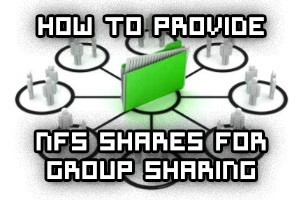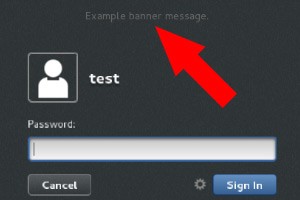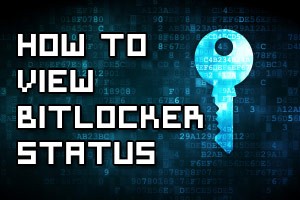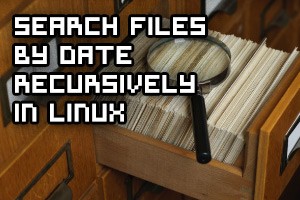
Previously we have covered how to provide NFS shares to specific clients, here we are going to expand upon this and cover how an NFS share can be shared with members in a group for collaboration purposes.
This will be done primarily with the use of set group ID (Set GID), as using this results in all files and directories created within the group share being automatically set with the same group owner as the share itself.








